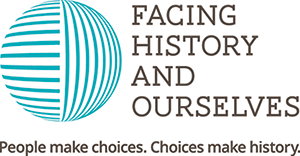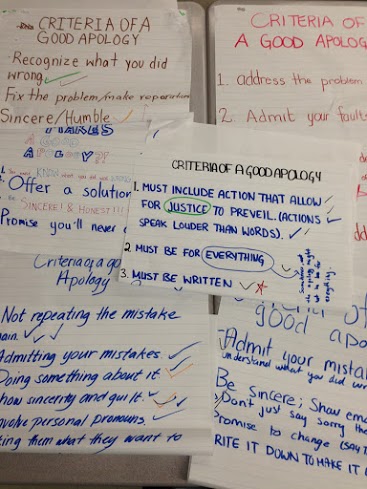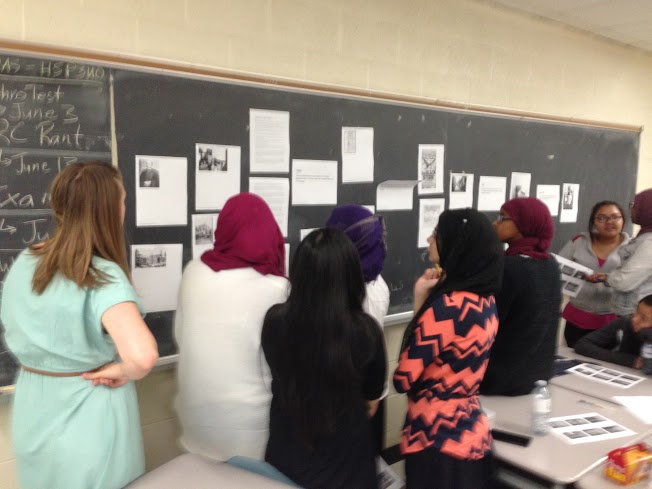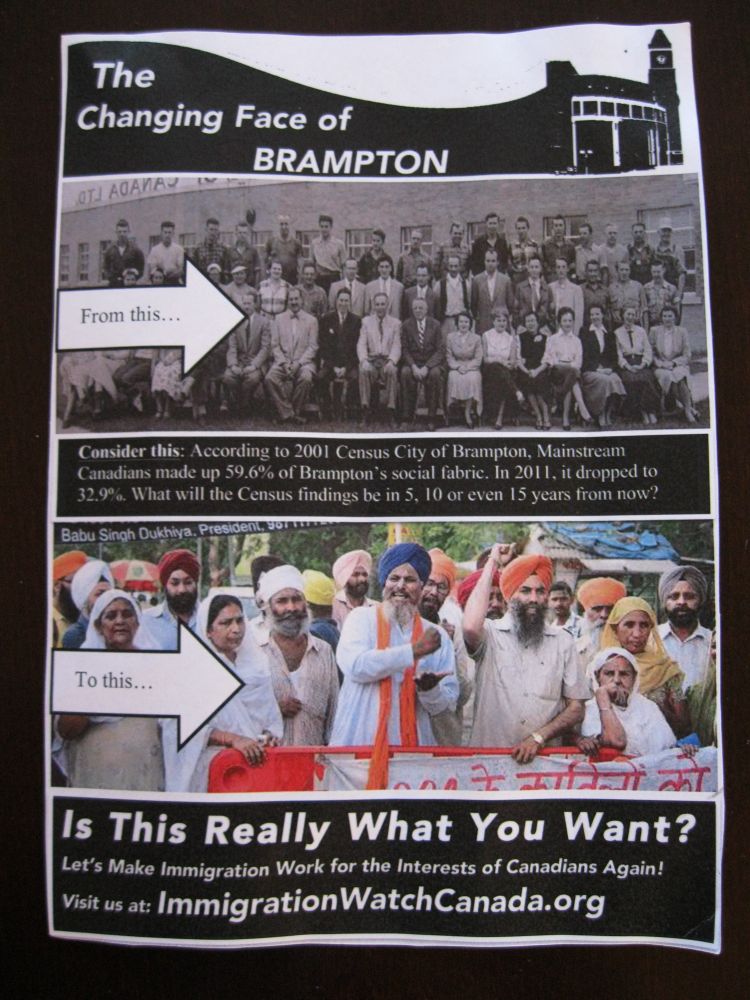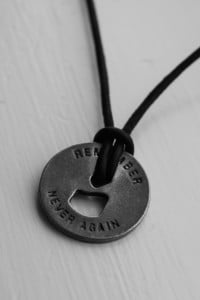Hello and Goodbye from your Facing History and Ourselves Canada Program Associates
Posted by Jasmine Wong on September 8, 2016
Indigenous Cultures, Language, and the TRC through an Anthropological Lens (Part 2)
Posted by Mike Elias on July 11, 2016
Throughout the unit we had students critically reflect at the end of each lesson on what was covered and fill out a Connect- Extend- Challenge worksheet. This activity extends beyond the traditional K-W-L chart as students reflect upon previous learning, using it to foster further discussion and guide inquiry.
Indigenous Cultures, Language, and the TRC through an Anthropological Lens (Part 1)
Posted by Kristen Drury on July 4, 2016
Indigenous Canadians and their cultures should not remain solely in Canadian history courses. They are not extinct, they are not remnants of our past; they are living, breathing, human beings that should have the ability to contribute to our contemporary discourse. Their voices are vital to understanding the Canada that we live in today, and the Canada that we want to live in the future. We feel that students should be exposed to their narrative through a variety of social science and historic lenses in order for us as Canadians to move towards reconciliation. Furthermore, Indigenous studies should not be a “token” topic on a worksheet or organizer. It should be give the same time and examined in as much depth as any other major topic in the curriculum. With this in mind, our goal for our grade 11 social science course “Introduction to Anthropology, Sociology and Psychology” was to find a way to include Indigenous voices, allowing students opportunities to grapple with historic and contemporary issues. Through private reflection, students were very open about their unintentional ignorance and embraced the challenge and opportunity to explore the First Nations, Metis and Inuit Peoples in Canada. It is with this in mind, that we incorporated the resource Stolen Lives as a focal point for our cultural anthropology sub- unit.
During the March Break of 2016, a group of 31 students from three Toronto District School Board schools travelled to Germany, Czech Republic and Poland to learn about the history of Jewish life in Europe, and the Holocaust.
Asian Heritage Month- Exploring Canada's history of immigration through identity and civic participation.
Posted by Jse-Che Lam on May 4, 2016
May is Asian Heritage Month in Canada. The following are five resources that provide entry points that teachers can use to invite students to explore Canada’s history of immigration through identity and civic participation.
Topics: Books, Film, History, Canada, Canadian History, Culturally Responsive and Relevant Pedagogy, CHG
We are very happy to welcome the voice of student Anmol Sandhu to the Facing History and Ourselves Ontario Network blog this week as she reflects on the power of choosing to participate.
Topics: Choosing to Participate, Identity, Media Skills, current events, We and They, Culturally Responsive and Relevant Pedagogy, Genocide and Crimes Against Humanities Course, CHG, Social Justice
Facing History Students in Brampton Counter Anti-Immigration Flyer with Positive Message
Posted by Ben Gross on May 28, 2014
Topics: Choosing to Participate, Human Rights, Identity, Innovative Classrooms, current events, We and They, In the news, CHG, Social Justice
Today Facing History announced the recipients of its annual Margot Stern Strom Innovation Awards, which grew out of a teaching award established in 2006 to recognize Facing History-trained educators who are thinking outside-the-box to transform schools and impact student learning.
This year, we awarded over $42,200 to fund 19 classroom projects around the world that focus on technological innovation and collaborative learning, including one of our own educators in Canada!
Topics: Art, Identity, Innovative Classrooms, CHG
I wear a pendant around my neck. It’s about the size of a quarter and it has the silhouette of a solitary candle carved out of the middle. Written around the candle are the words Remember and Never Again. It’s a simple, yet powerful design. A student, noticing this, asked me why I often wore it and what it meant. Instead of answering the question directly, I turned it back to her. I told her that a friend of mine had bought it for me at the United States Holocaust Memorial Museum in Washington D.C. and I asked her why we study the Holocaust. Why do we need to remember?
Topics: Art, Facing History Resources, History, Memorial, Strategies, Genocide and Crimes Against Humanities Course, Lesson Ideas, CHG
Finding Hope: How One Student Woke Me Up To Why I Teach Genocide Studies
Posted by Lanny Cedrone on April 10, 2014
“Sir, it keeps happening again and again. We don’t learn. I don’t think we’re going to get better. There doesn’t seem to be much hope.”
Three years ago a grade 12 student said this to me in my West and the World class. Every so often it echoes in my head. She was doing a research paper on Rwanda and the United Nations, and had done a significant amount of reading on the topic and she was passionately upset about how the world had allowed the Rwandan Genocide to happen.
Topics: Innovative Classrooms, genocide, Genocide and Crimes Against Humanities Course, Lesson Ideas, CHG, Inside a Genocide Classroom, Social Justice, reflection

